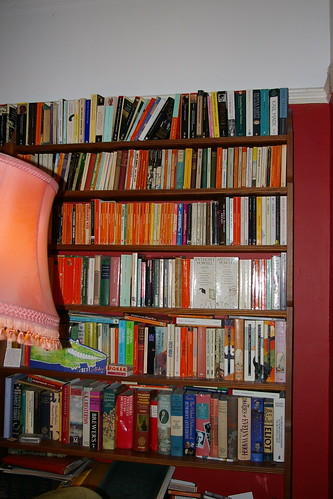luckyguliver
pfm Member
Hi,
It dawned on me that instead of spending money on more expensive gear I might be better off improving room acoustics. When I was moving around with speakers, sub and furniture in my room I put, out of curiosity, my mattress behind the chair I sit on and I was amazed by improvement in bass department. Soundstage appeared far more clearly too.
Somebody recommended to me bass traps. Do you use them guys? I found some on bay site. They are not very expensive. I guess I could spend £100 on them bearing in mind that I paid that amount of money on speaker stands
http://stores.ebay.co.uk/efoam-uk/_i.html?_fsub=1
What do you reckon? Are they worth it?
Many thanks,
It dawned on me that instead of spending money on more expensive gear I might be better off improving room acoustics. When I was moving around with speakers, sub and furniture in my room I put, out of curiosity, my mattress behind the chair I sit on and I was amazed by improvement in bass department. Soundstage appeared far more clearly too.
Somebody recommended to me bass traps. Do you use them guys? I found some on bay site. They are not very expensive. I guess I could spend £100 on them bearing in mind that I paid that amount of money on speaker stands
http://stores.ebay.co.uk/efoam-uk/_i.html?_fsub=1
What do you reckon? Are they worth it?
Many thanks,
This site contains affiliate links for which pink fish media may be compensated.




